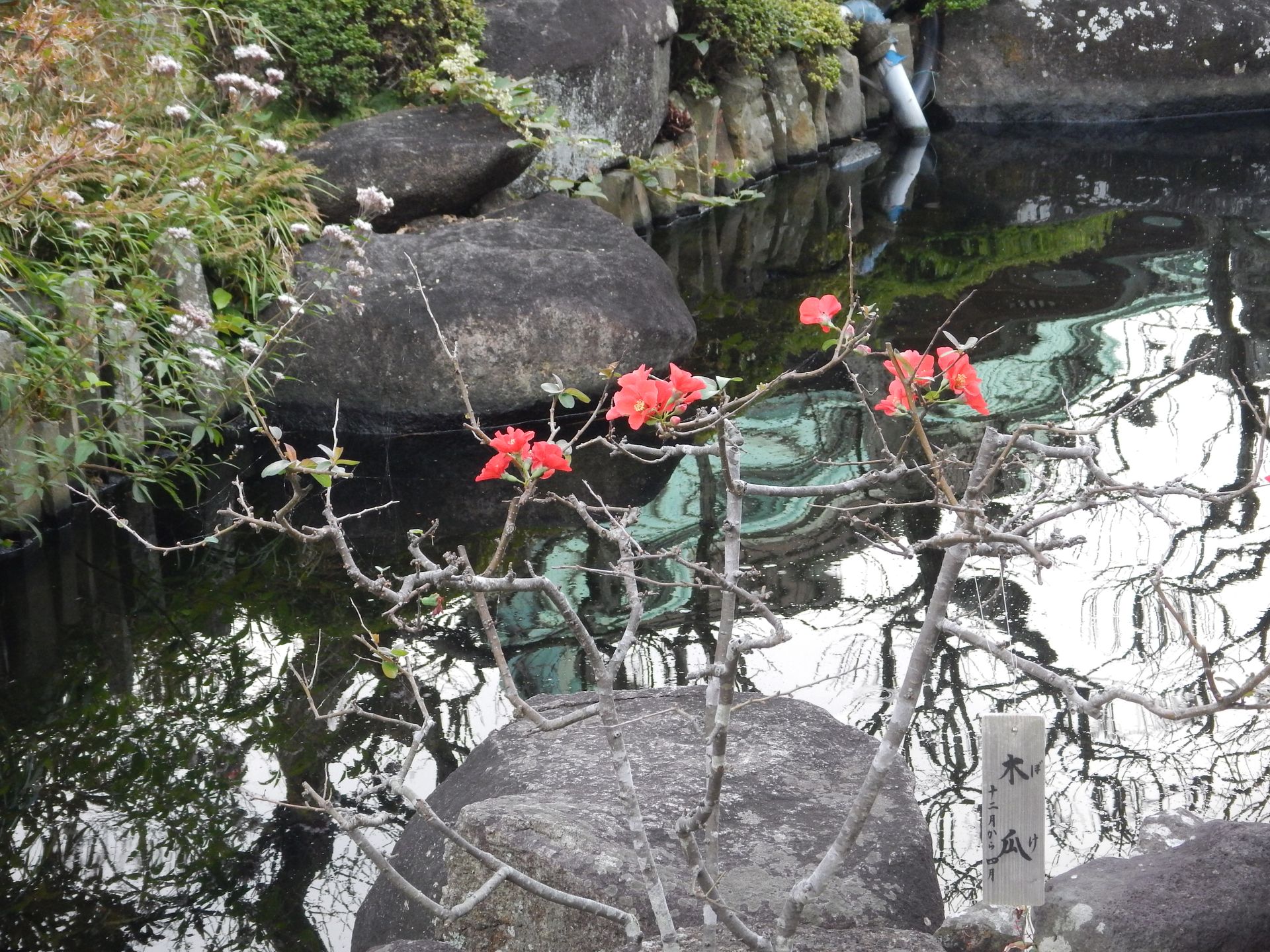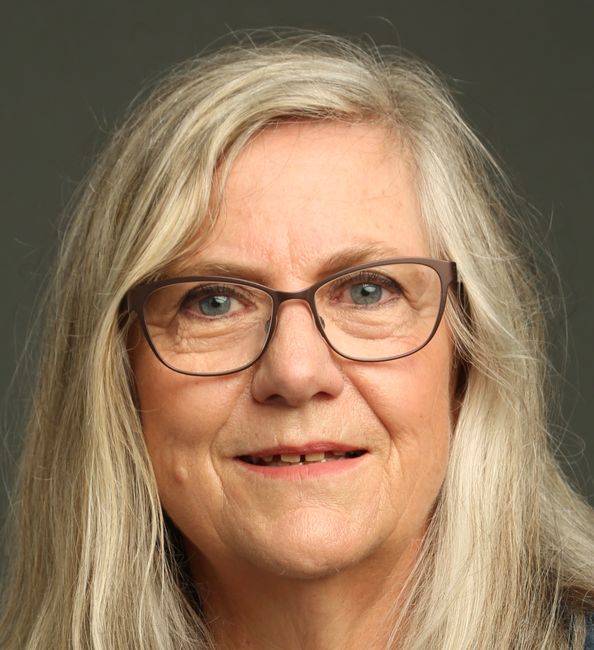Unterwegs mit Hiroko
ຈັດພີມມາ: 08.11.2018
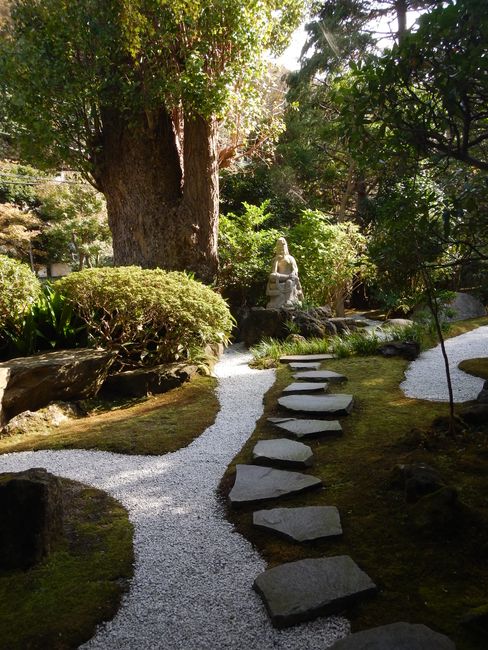
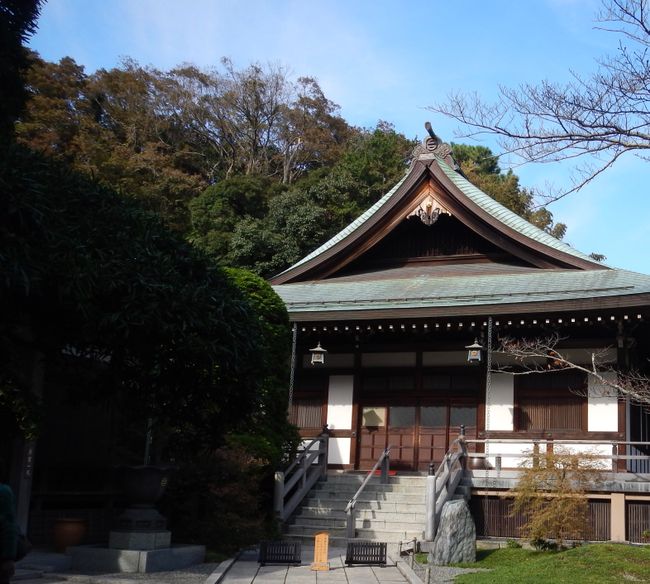
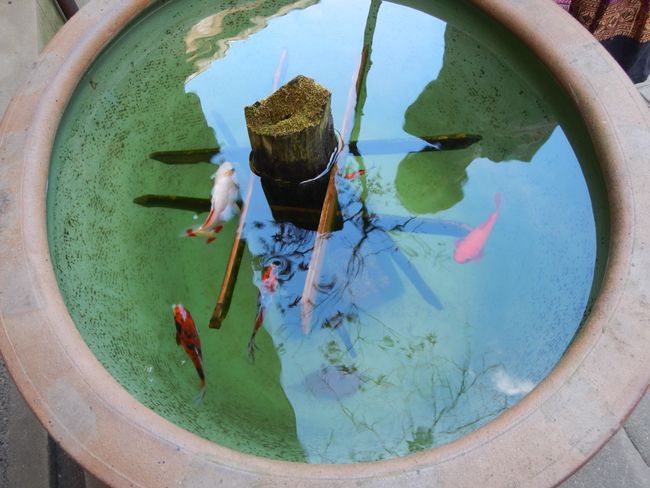
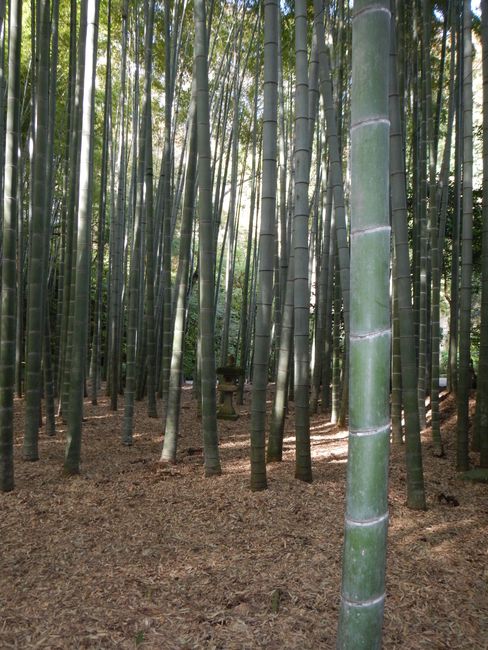
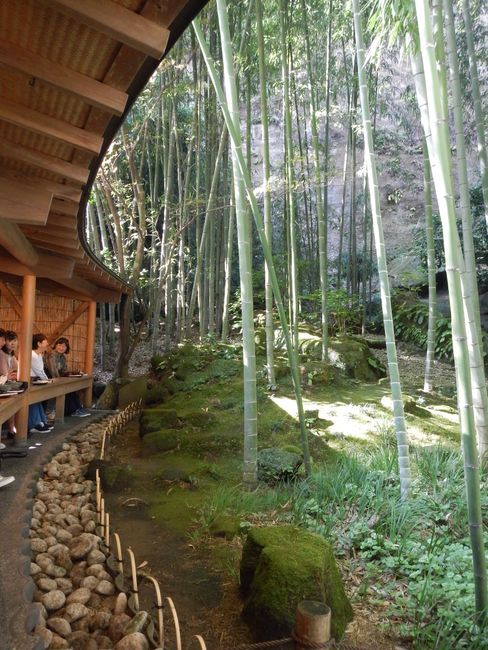
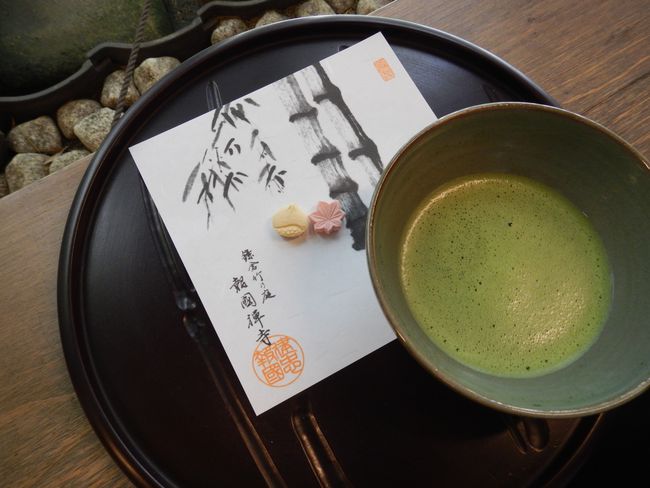
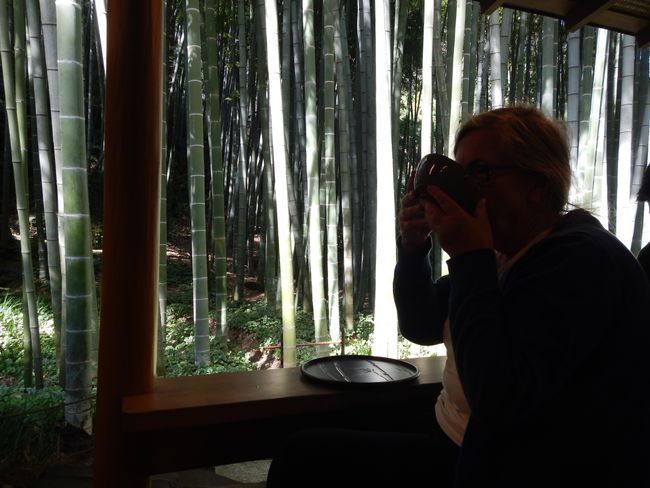
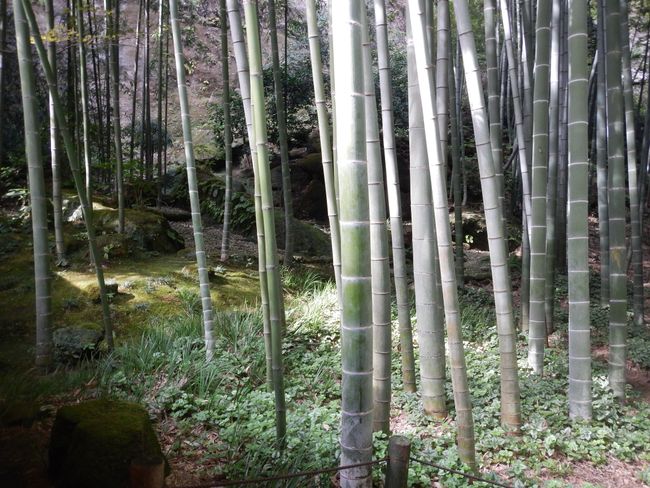
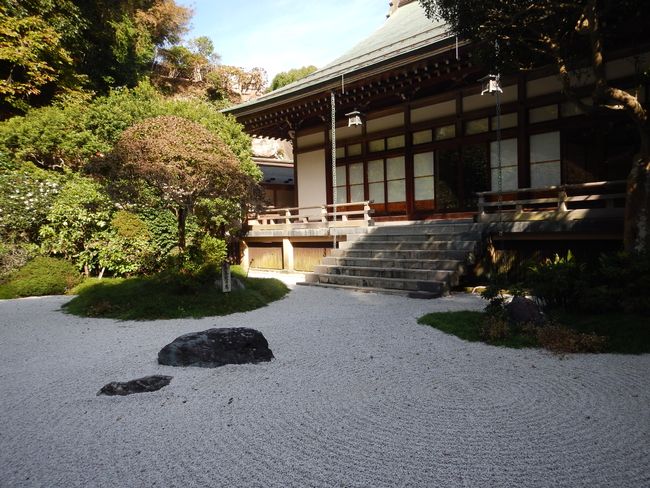
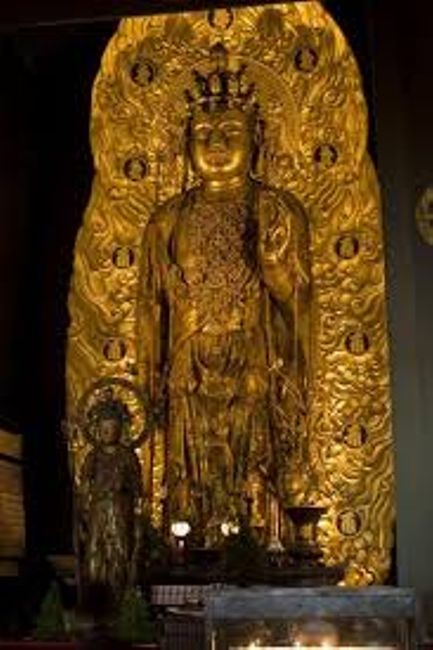
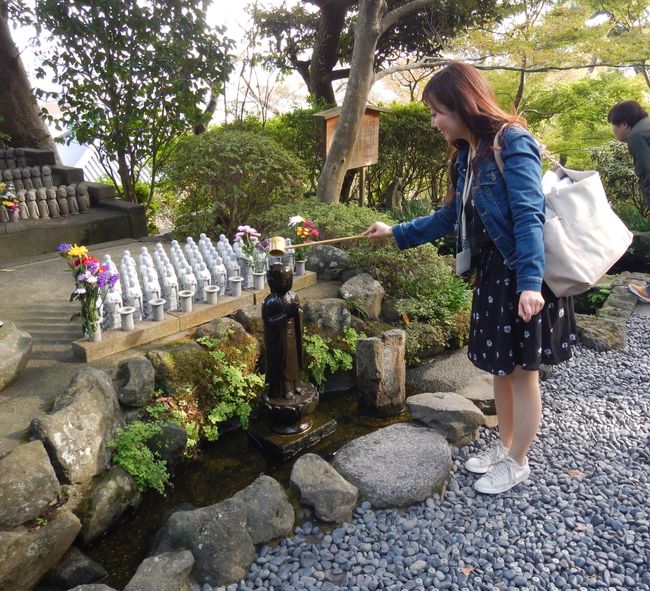
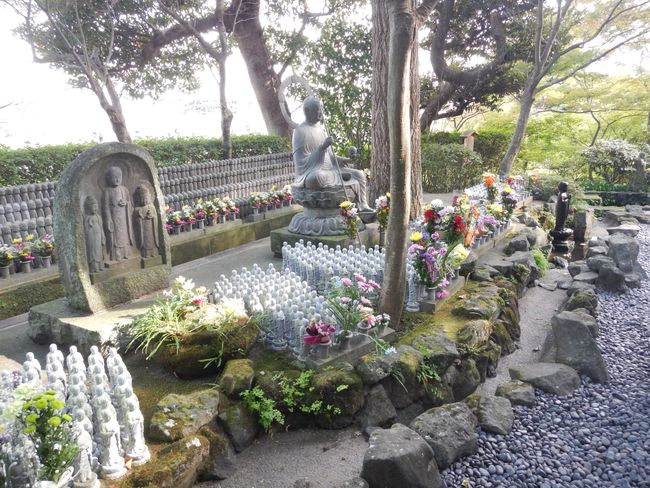
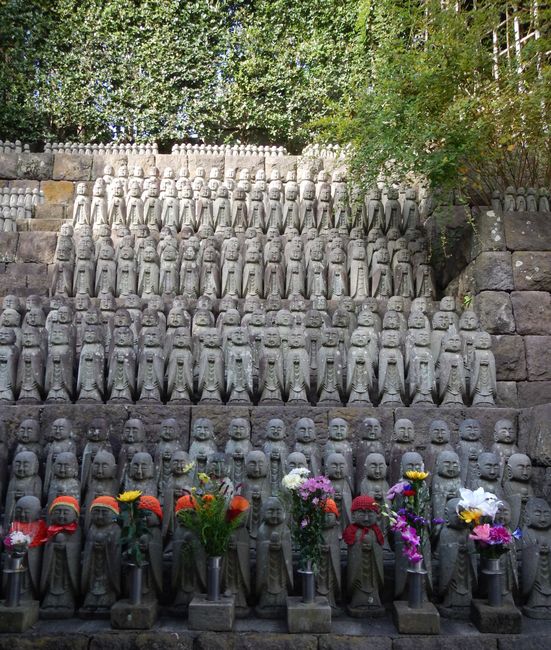
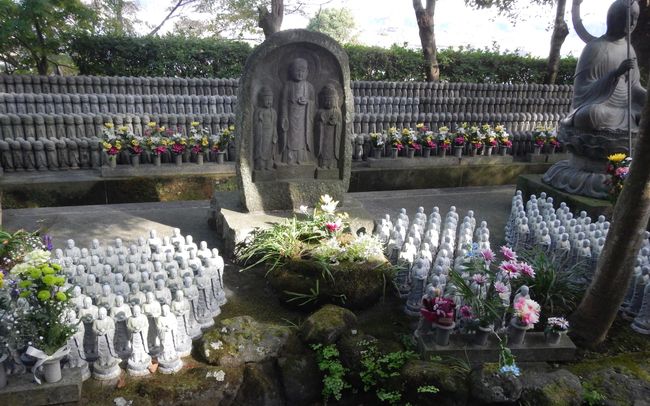
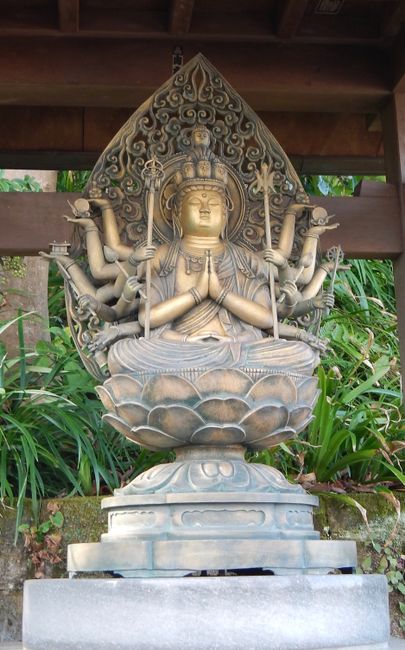
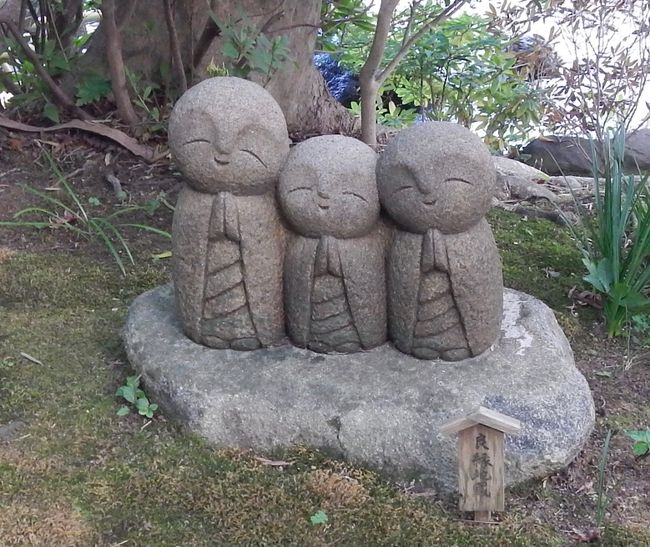
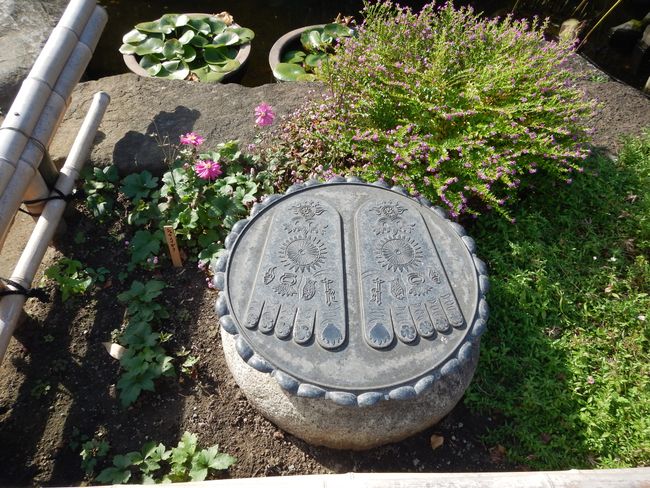
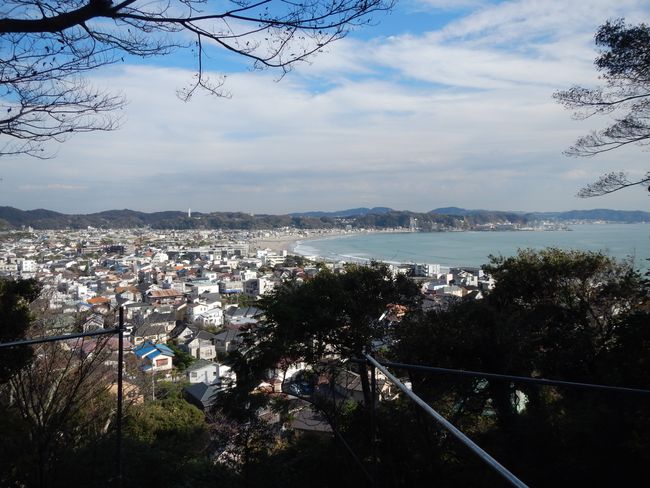
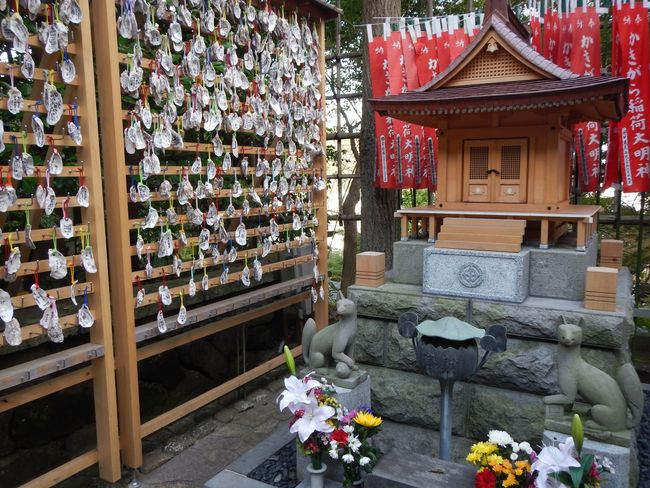
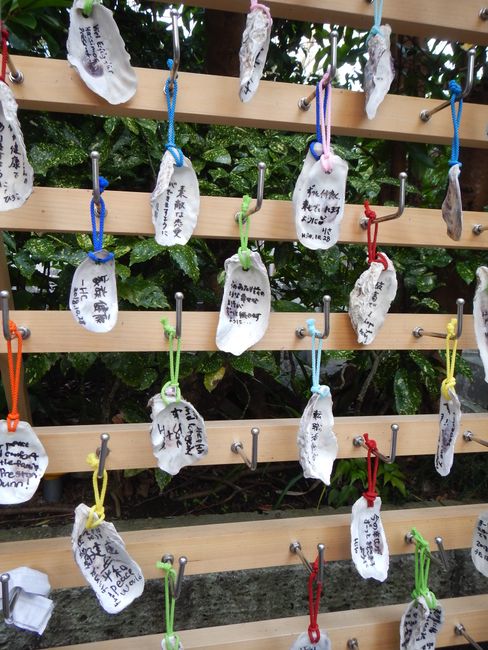
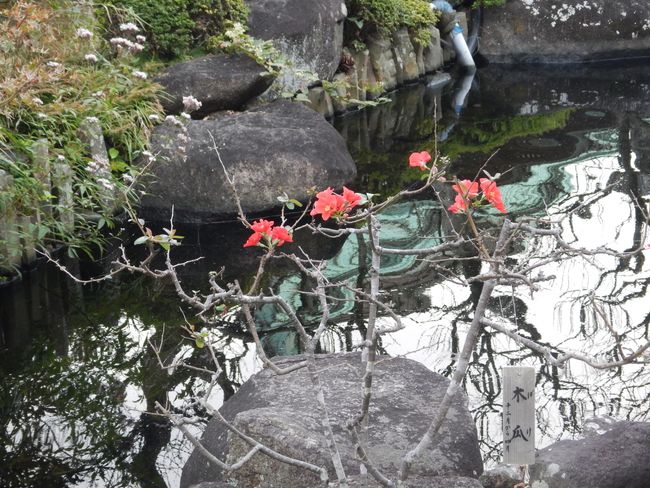
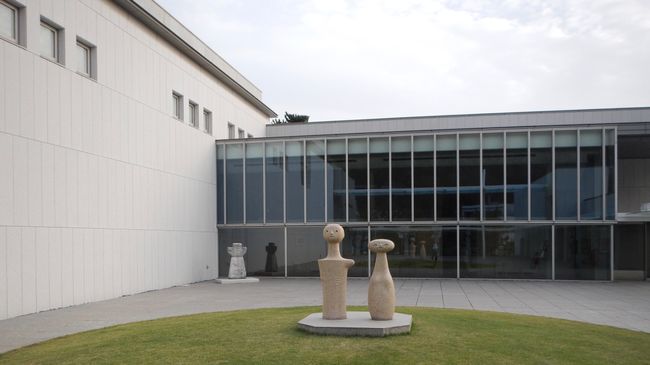
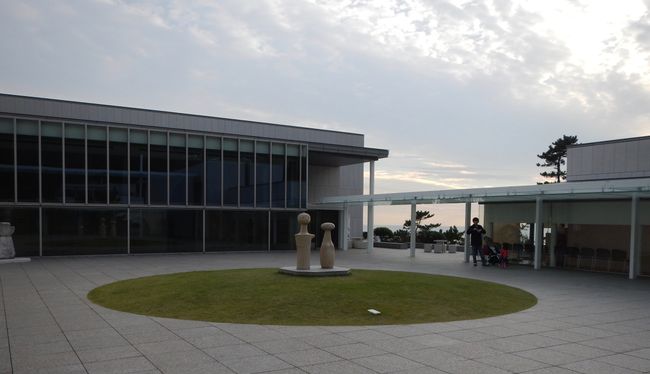
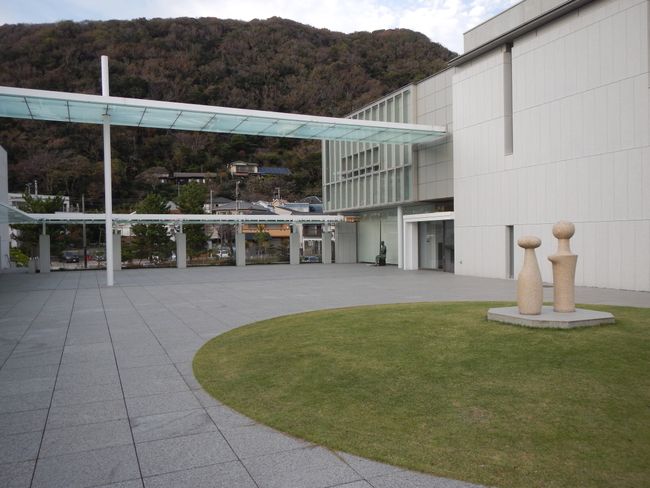
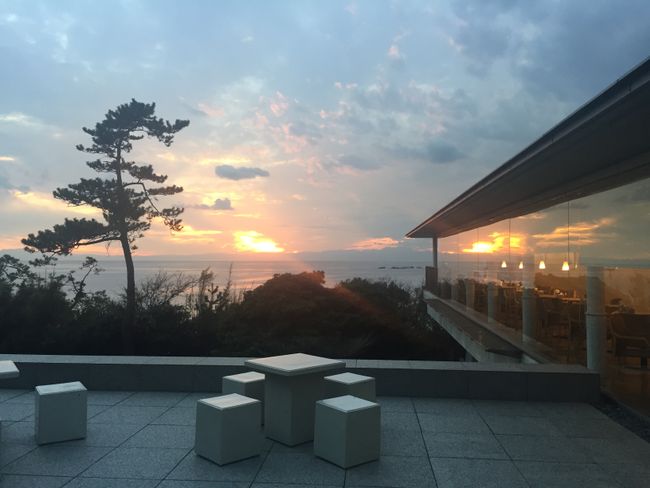
ຈອງຈົດຫມາຍຂ່າວ
Hiroko is picking me up in Ito ...
First, we're going to Kamakura to visit Hokokuji Temple, a peaceful oasis.
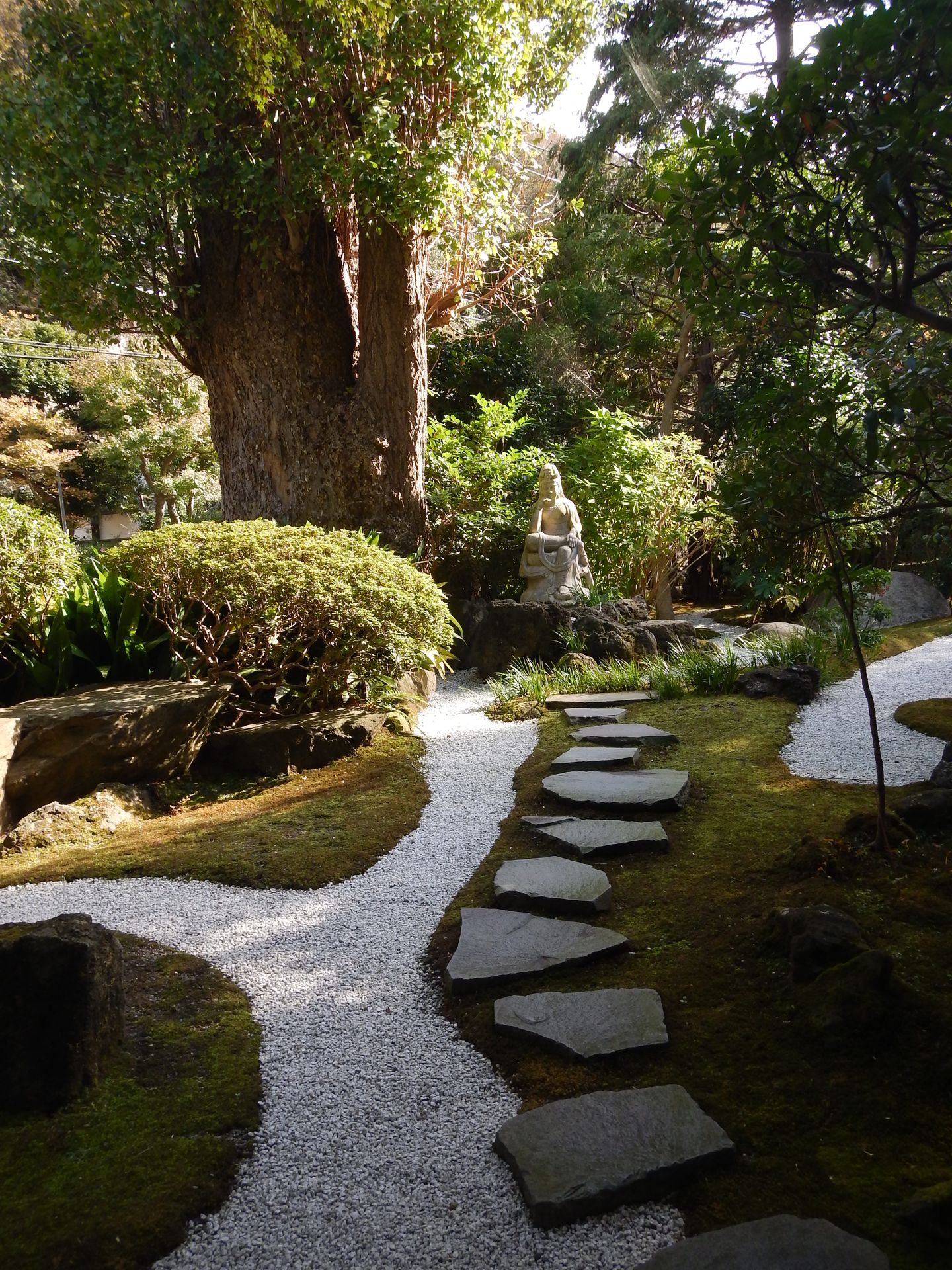
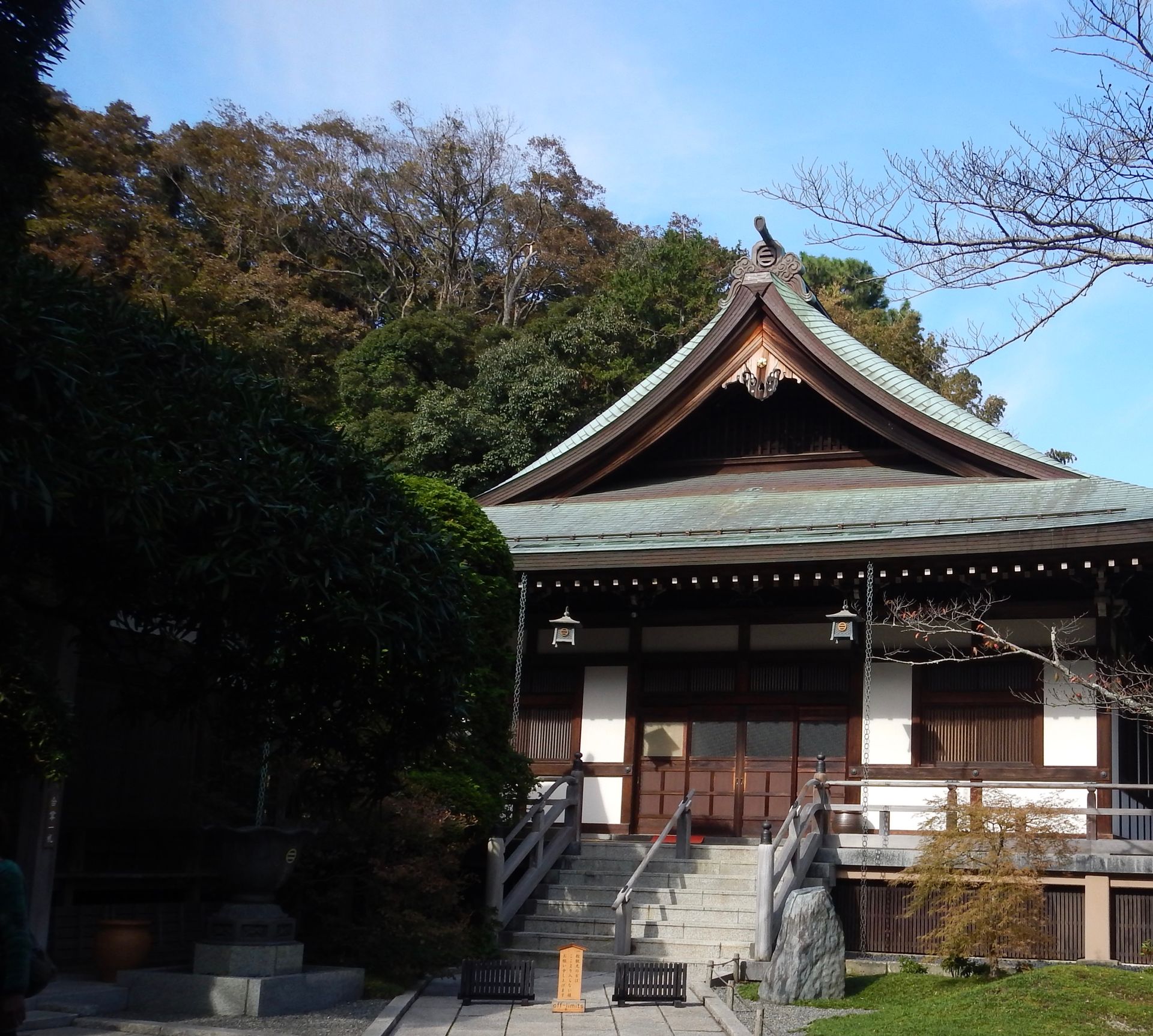
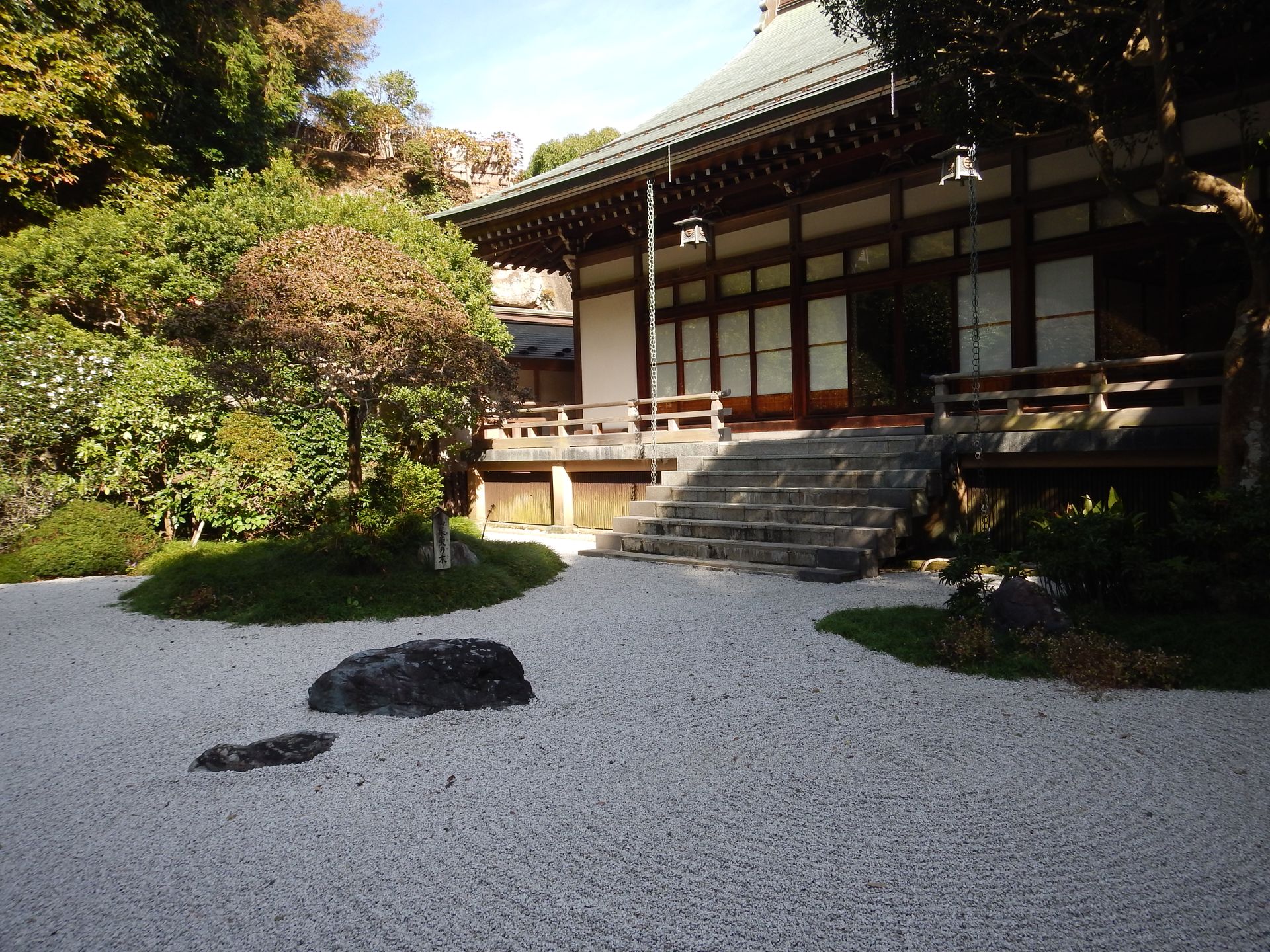

in the midst of a beautiful bamboo forest....

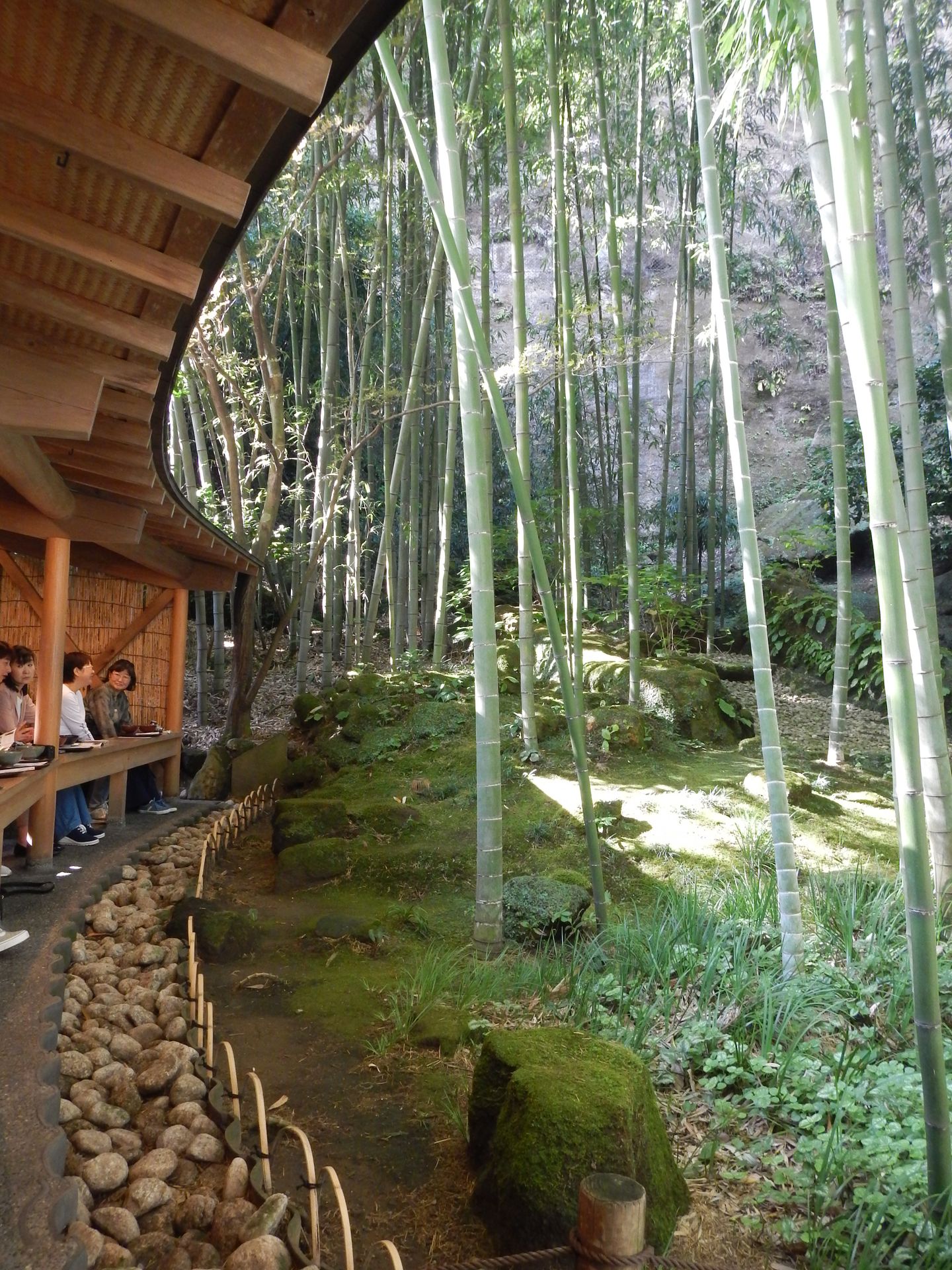
where you can sit at tables facing outside and sip Matcha tea.

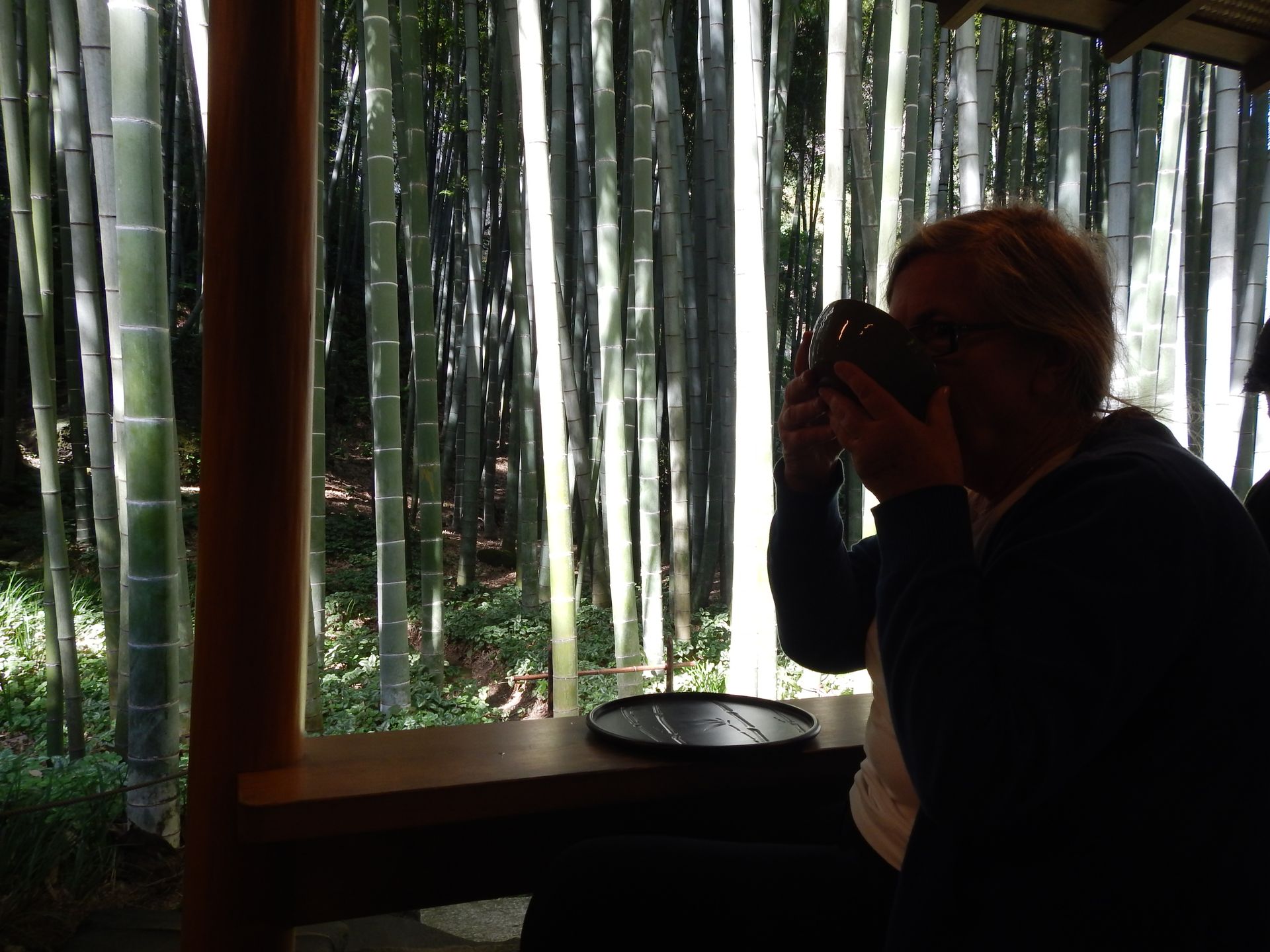
and enjoy the view.
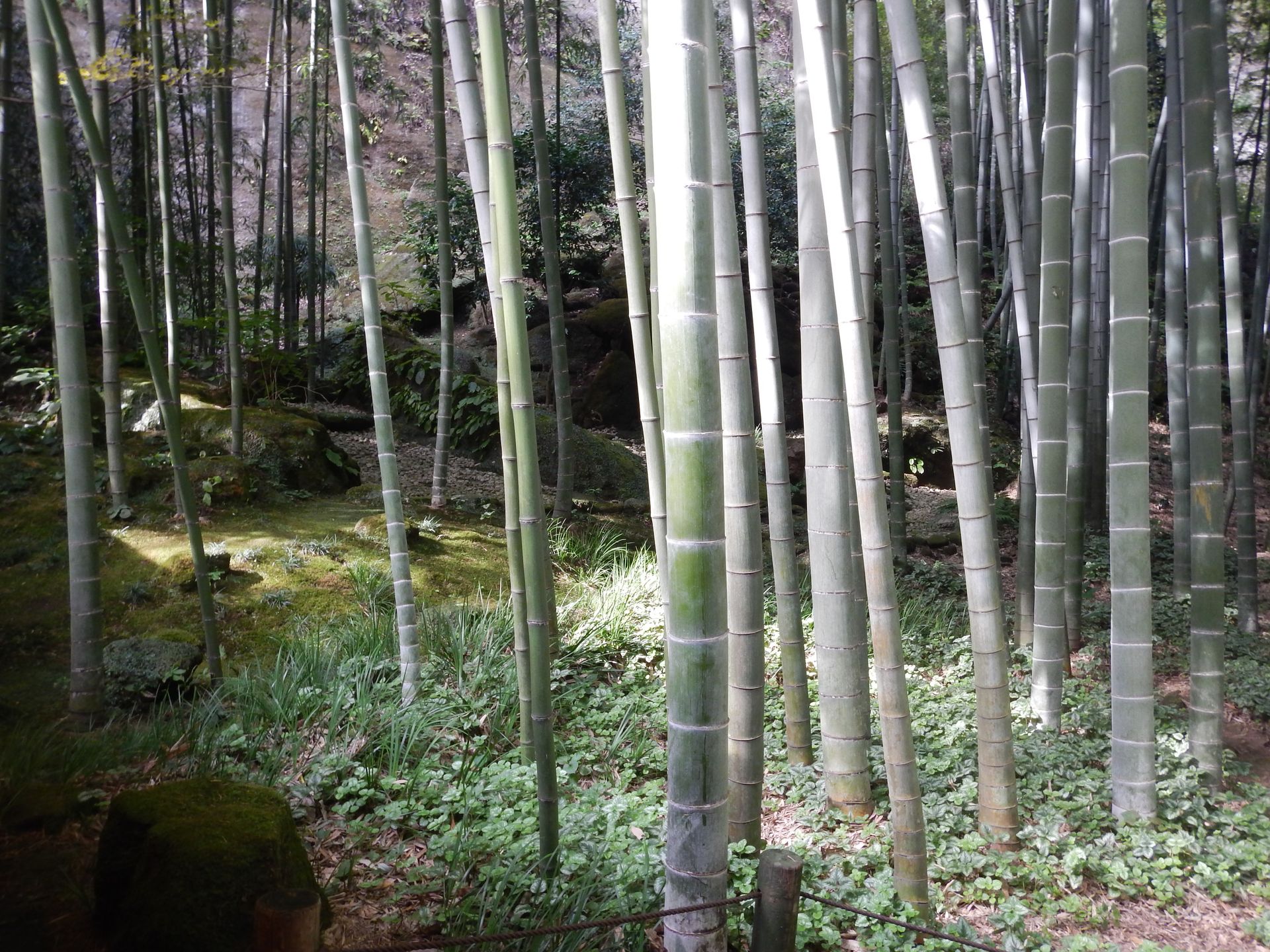
Then we'll go to the other side of Kamakura city to visit Hase-dera Temple, which left a deep impression on me two years ago with its many child figures. A very intense place.
But first, why was this temple built in the first place:
'The Kannon statue at Hase-dera is the largest wooden Kannon statue in Japan, measuring 9.18 meters in height. It was carved from solid camphor wood and decorated with gold leaf. The 11 heads represent the different stages of enlightenment. The statue is also known as Hase-Kannon.
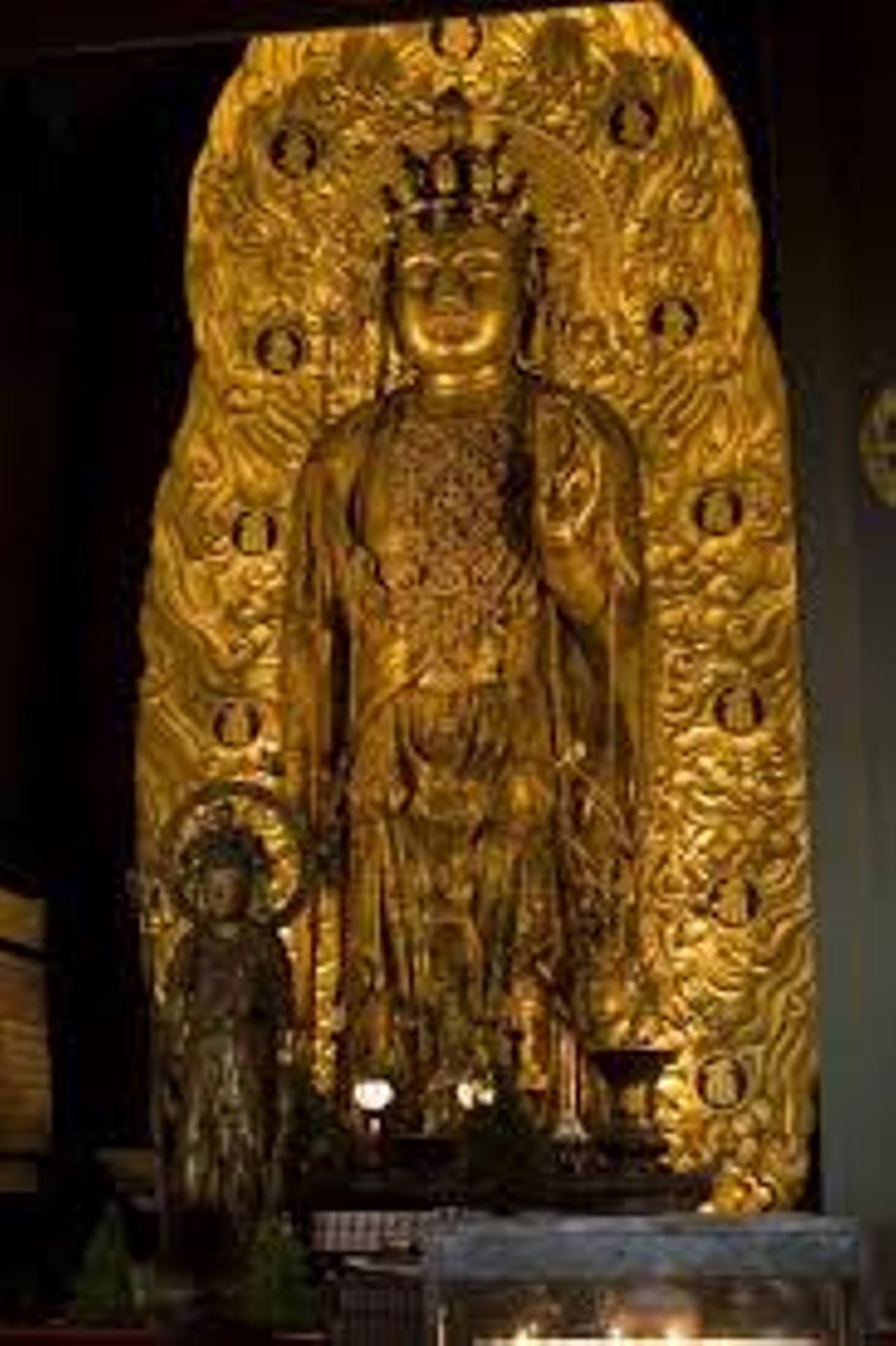
The statue is unique in that it holds a metal rod in its right hand and a vase with a lotus flower in its left hand.
According to legend, this Kannon statue is one of two statues carved by a monk named Tokudo in the year 721. The tree trunk was said to be so large that it was decided to make two statues from it. One statue was enshrined at Hase-dera in Nara, in the former province of Yamuto. The other was set adrift in the open sea, to find its own place connected to its karma. The statue washed ashore on June 18, in the 8th year of the Tempyō era (736), on the Miura Peninsula near Kamakura. The statue was salvaged and brought to Kamakura, where Hase-dera Temple was built and the statue was enshrined... quoted from Wikipedia and image from Pinterest
Nice idea: Because the statue was washed ashore, it was covered in oyster shells. That's why there's a Shinto shrine next to the Buddhist temple, where you can write your wishes on oyster shells and hang them up.


However, Hase-dera Temple is famous for its many Jizo figures, which were set up by parents, especially mothers, in memory of children who were lost due to stillbirth, abortion, or infant death. They remain in place for one year.
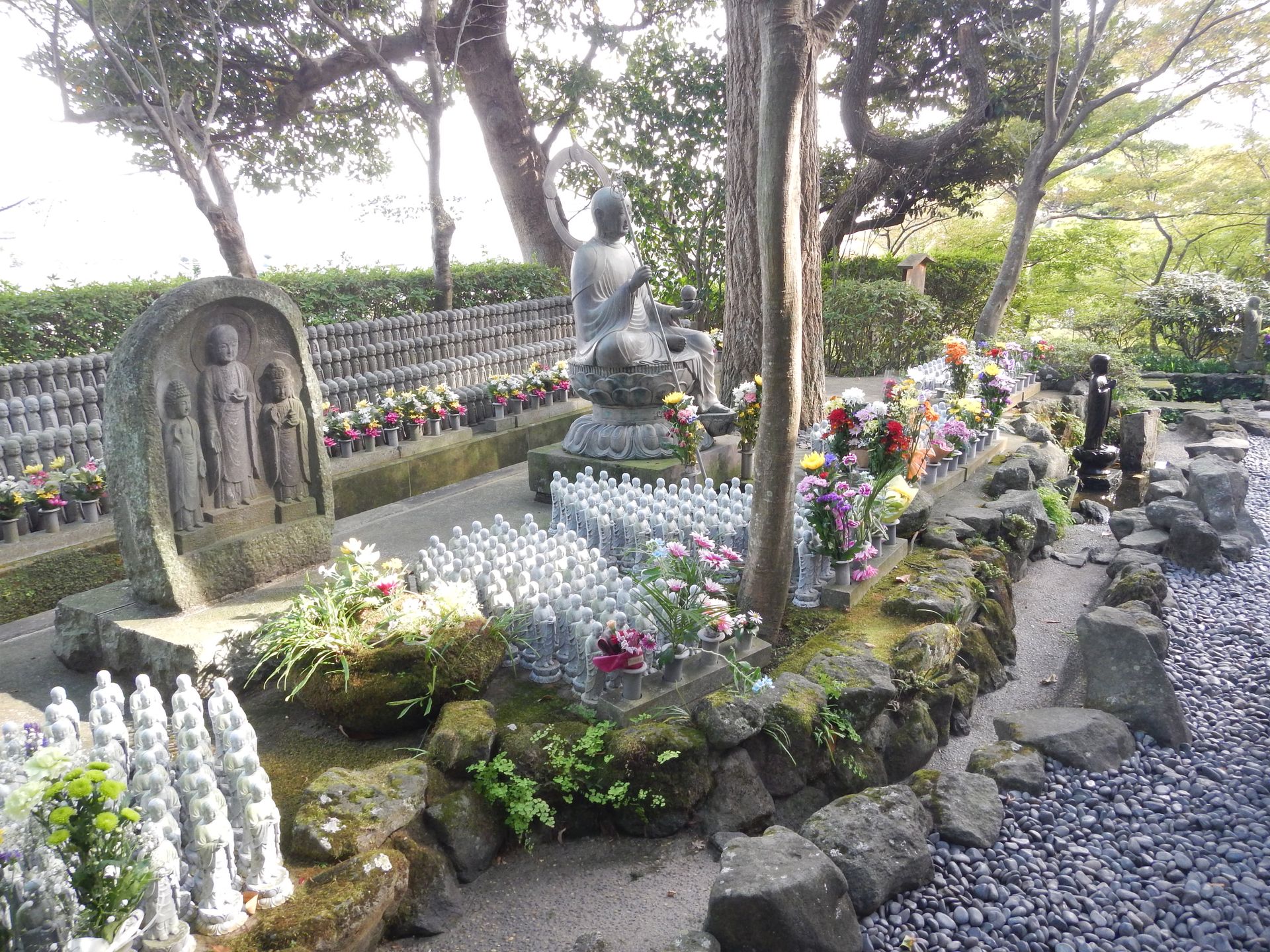


As a tradition, these figures are poured with water, which Hiroko is doing here.
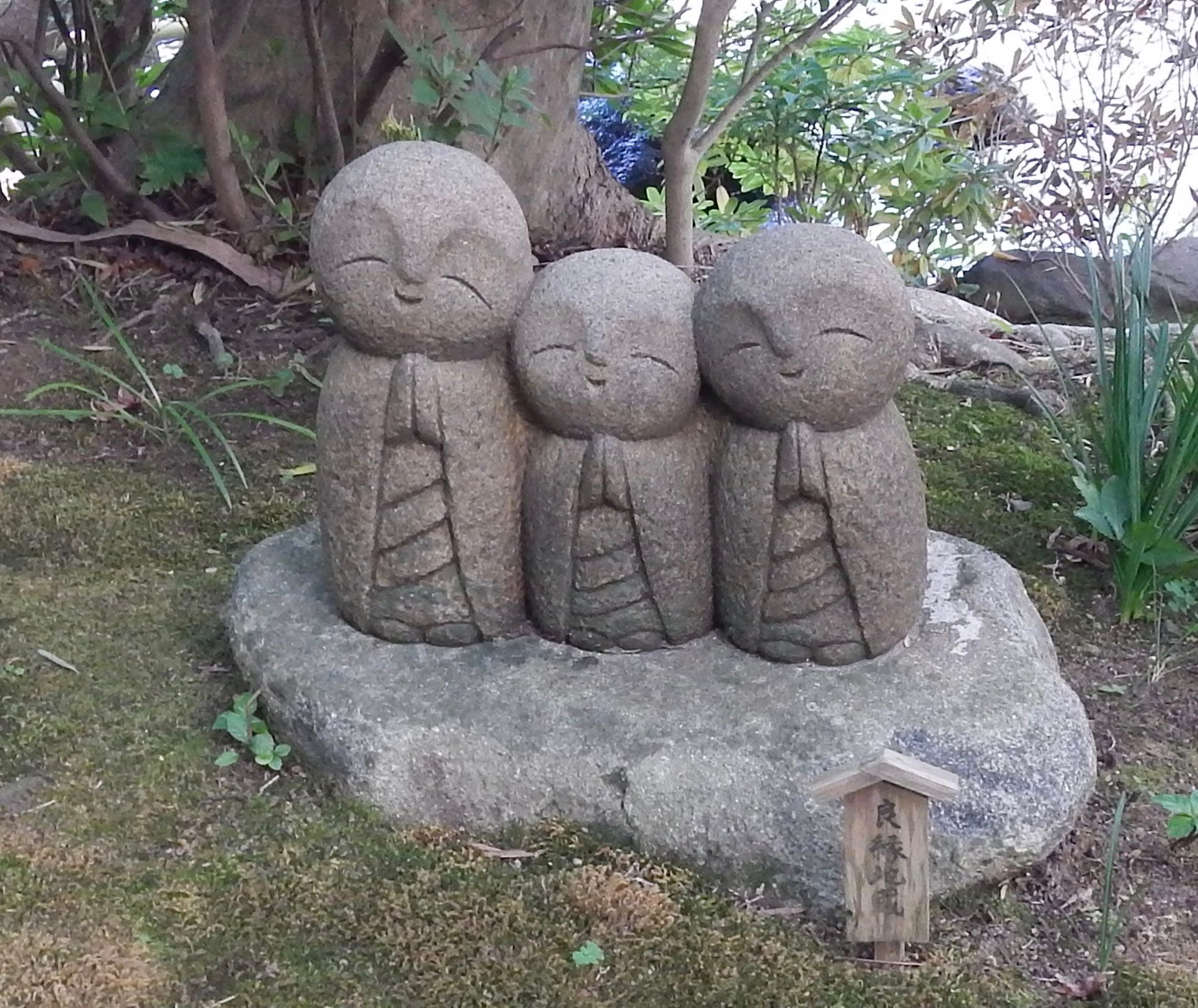

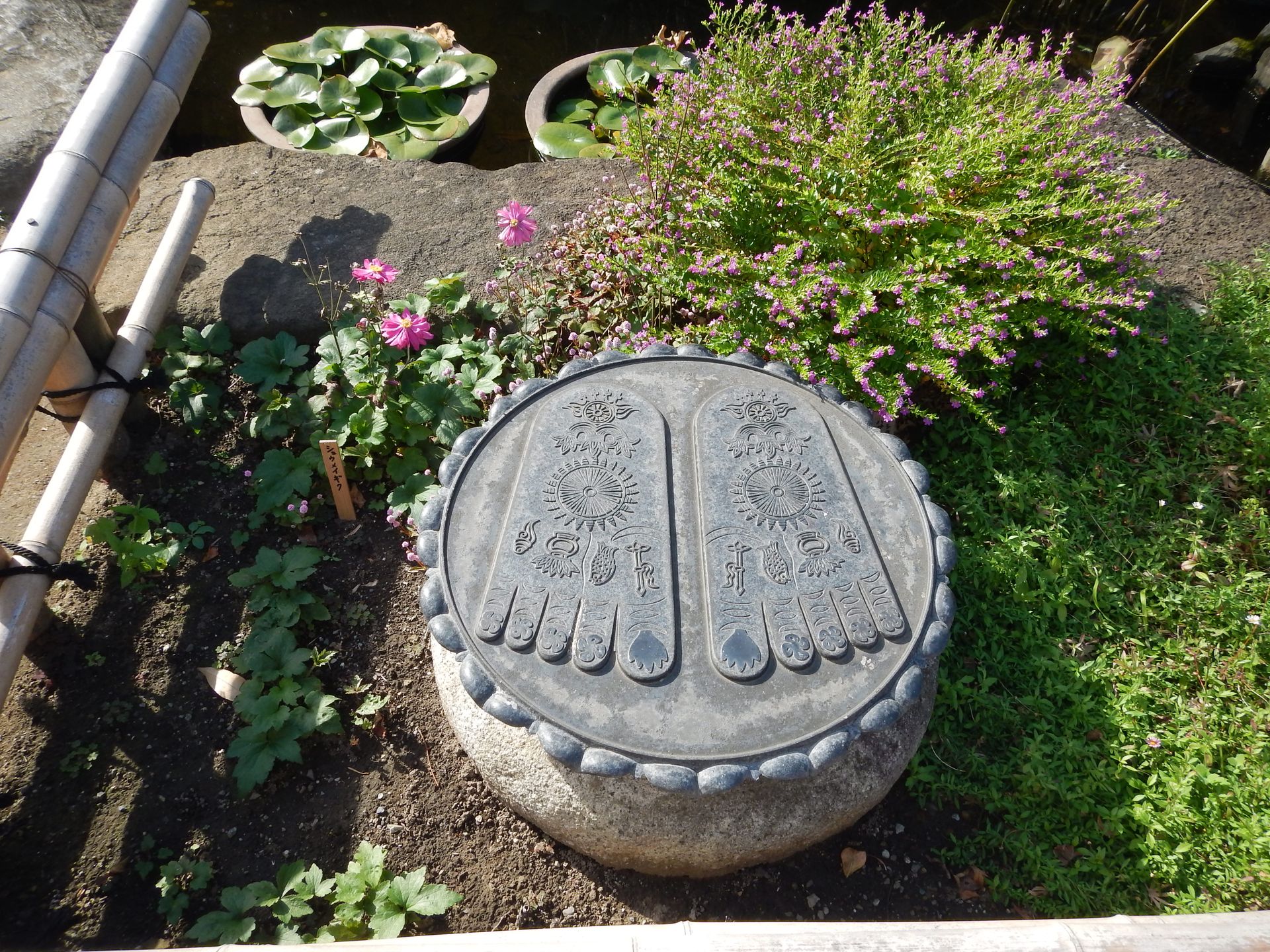
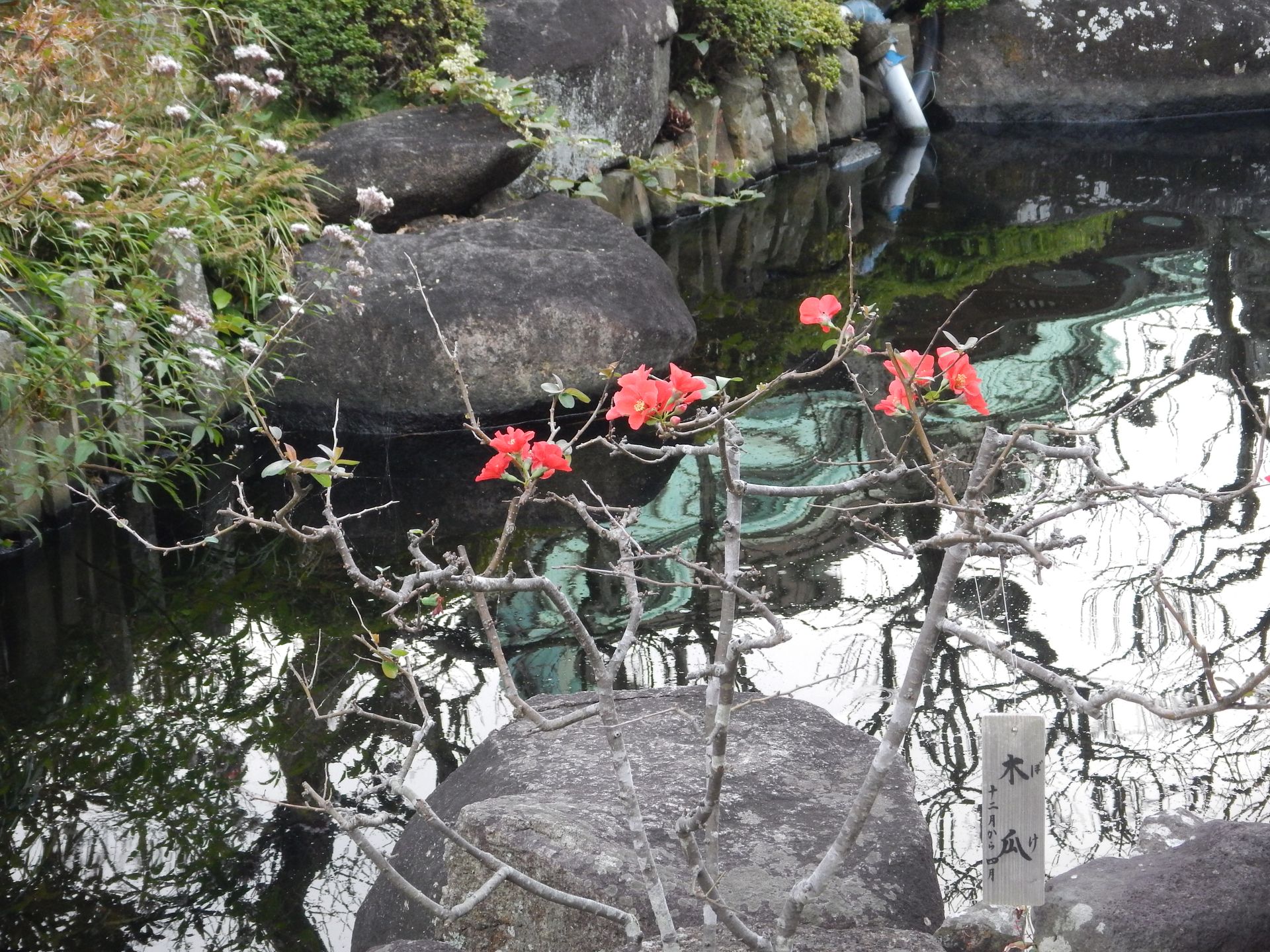
View from the temple overlooking Kamakura

Then we continued on to the Hayama Modern Art Museum:
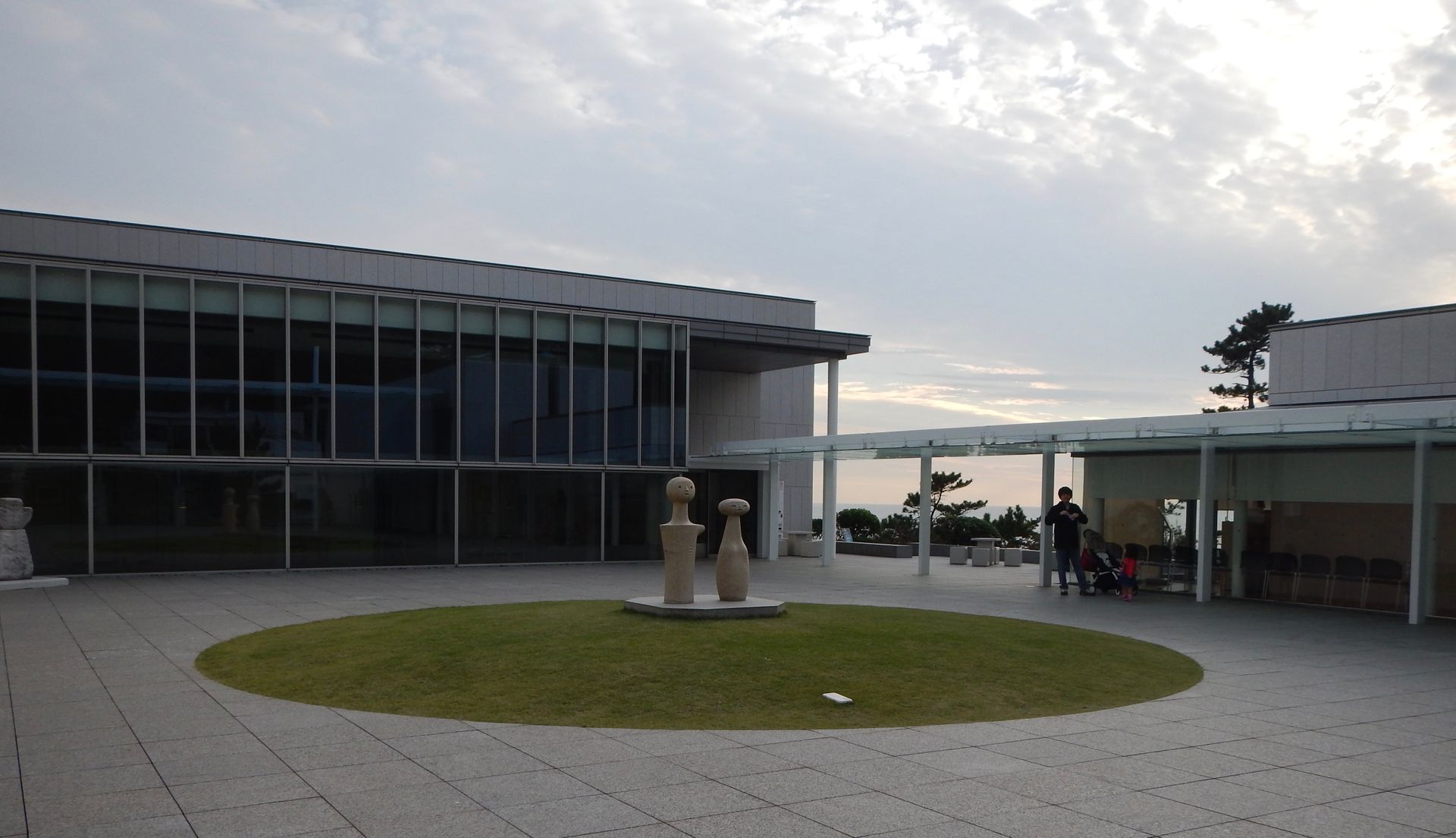
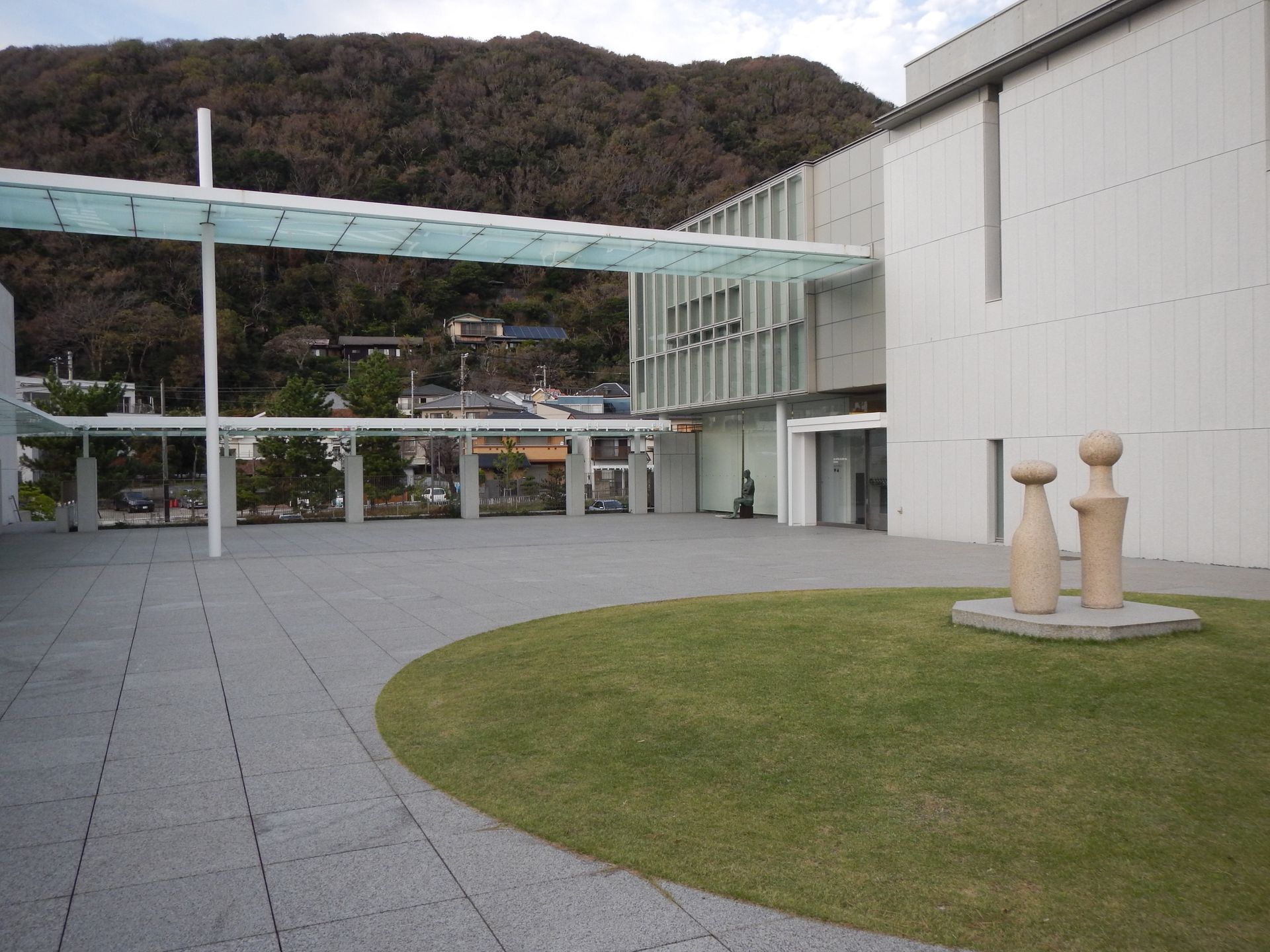
featuring an exhibition on Alvar Aalto, which I missed in 2014 at the Vitra Museum.

Thank you, dear Hiroko, for the wonderful day!
ຈອງຈົດຫມາຍຂ່າວ
ຄໍາຕອບ
